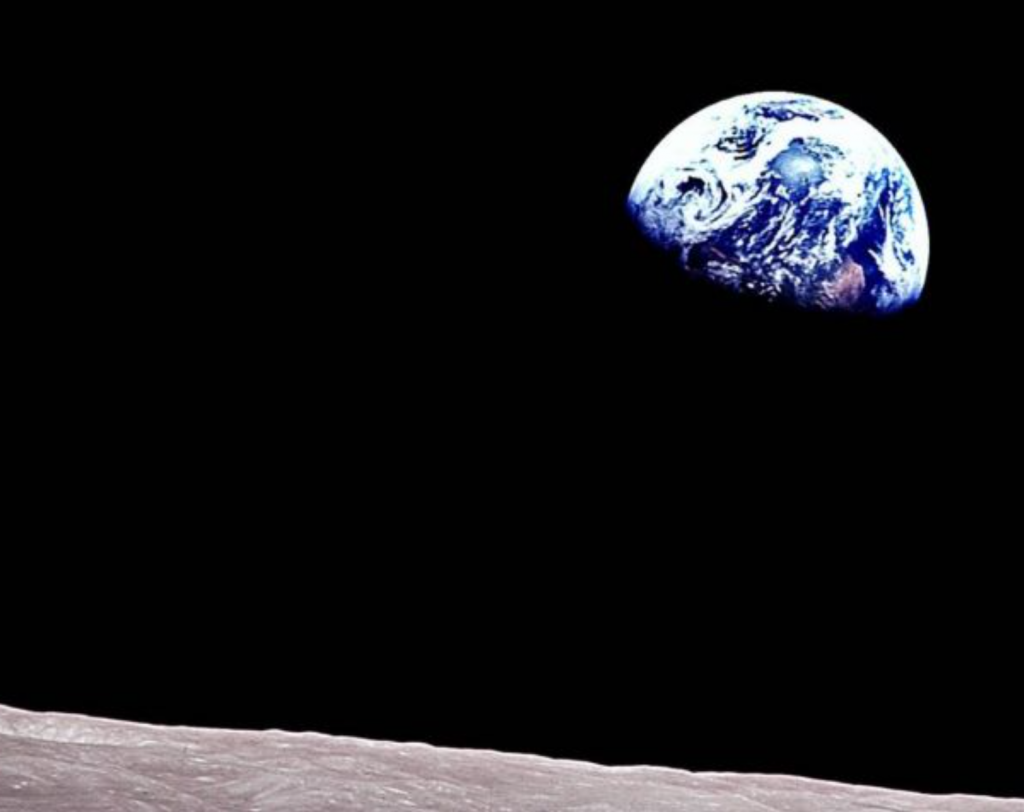> Planet
Earth is blue like an orange
The French surrealist poet (Paul Eluard, 1929) wrote “Earth is blue like an orange”. It now seems obvious to understand that Earth planet is called “Blue Planet” due to the abundant water on its surface: the oceans cover 71% of the globe. The surface of the Pacific Ocean alone is larger than all of Earth’s land area combined. However, the expression of “blue planet” is quite recent: it comes back to first astronauts who saw the Earth from the depth of space. Actually, three phenomena are associated to give to our planet a pale blue colour.
The oceans are made of water which preferentially absorbs certain wavelengths of light: infrared, ultraviolet and red light. Going deeper in the water, dark blue will dominate, while red light, orange, yellow, green and violets are progressively taken away. Because all the other wavelengths get absorbed, the deepest blues have the highest probability of getting reflected and re-emitted back out into the Universe. Also, the white sunlight plays a role in our perception.
Mars is one of the five “naked-eye planets” with Mercury, Venus, Jupiter and Saturn. Ancient peoples in China and Egypt could see Mars with the naked eye. Befitting the Red Planet’s bloody color, the Ancient Romans named it after their god of war, Mars.
Mars is red because of rusty iron in the “regolith”, its ground material full of iron oxide. The compound iron(III) oxide appears red because it absorbs the blue and green wavelengths of the light spectrum while reflecting the red wavelengths.


